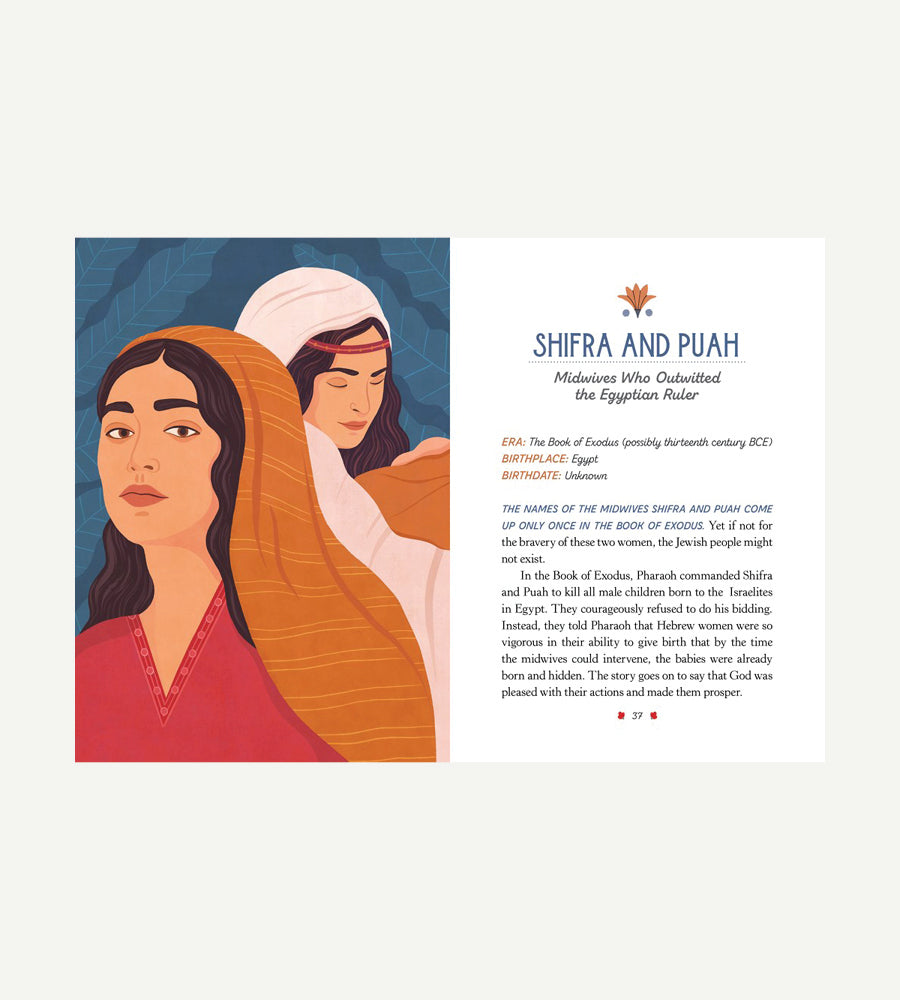Article: A Doctor’s Handbook, East and West

A Doctor’s Handbook, East and West
Stefan Litt

Textbooks for academic studies in medicine have always been expensive. This was certainly the case in the Middle Ages, when such compendiums were copied by hand on costly parchment and decorated with artful initials. The common medical textbook for European universities in this period was a compilation called Articella (Little Art). First compiled in a Latin translation in the eleventh century for the medical school in Salerno (Italy), it included texts by Galen, Hippocrates, Ioannitius (Hunayn ibn Ishaq), Theophilus, and Philaretus – physicians from the ancient times and the early Middle Ages who originally wrote their texts in Greek or Arabic. Bringing together texts from different periods and cultures created a scientific dialogue over time and space, thus manifesting the sameness of humans regardless of their cultural backgrounds, which remains the basic principle of medicine.
The thirteenth-century Articella in the National Library’s collection emphasizes this agreement over humanity’s oneness by including four texts by the Jewish physician Isaac ben Solomon Israeli, who was active in Cairo and Kairouan in the ninth and tenth centuries. These texts were not usually part of the Articella, but the editor of this version, which was made in France, apparently highly estimated their scientific value. Evidently, at least two students or scholars benefited from this cross-cultural scientific compilation and left related glosses in medieval script in the broad margins, which had been left blank for exactly this purpose.
The Articellae lost their status as standard textbooks in the seventeenth century. The knowledge presented in them was outdated. What remains is the evidence of ancient knowledge in beautiful manuscripts.















